Category: Snilesworth
-
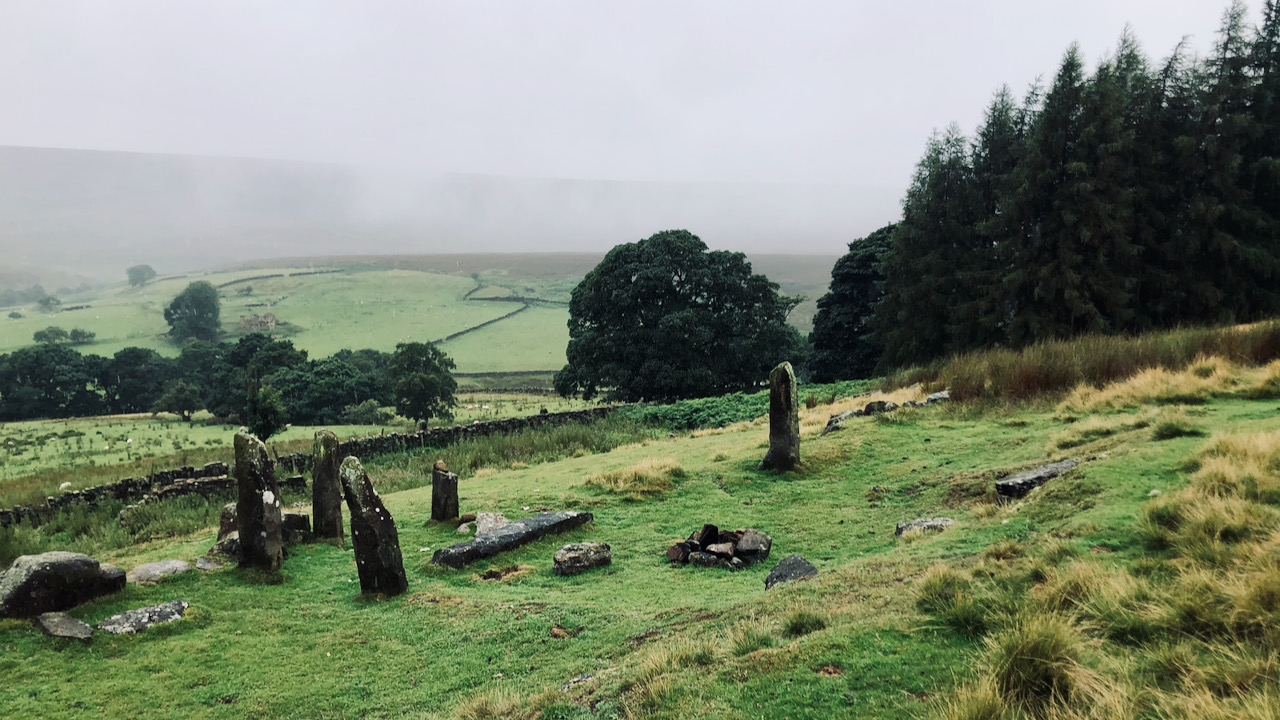
Snilesworth’s Callanish
In a misty embrace of swirling mizzle, this place of intriguing standing stones has been dubbed as “Snilesworth’s Callanish,” though officially it is known as Stephen Thwaites, an old medieval farmstead. Its enigmatic air whispers tales of times long past. The name was coined by Bill Cowley (1916-1994), better known as the founder of the…
-
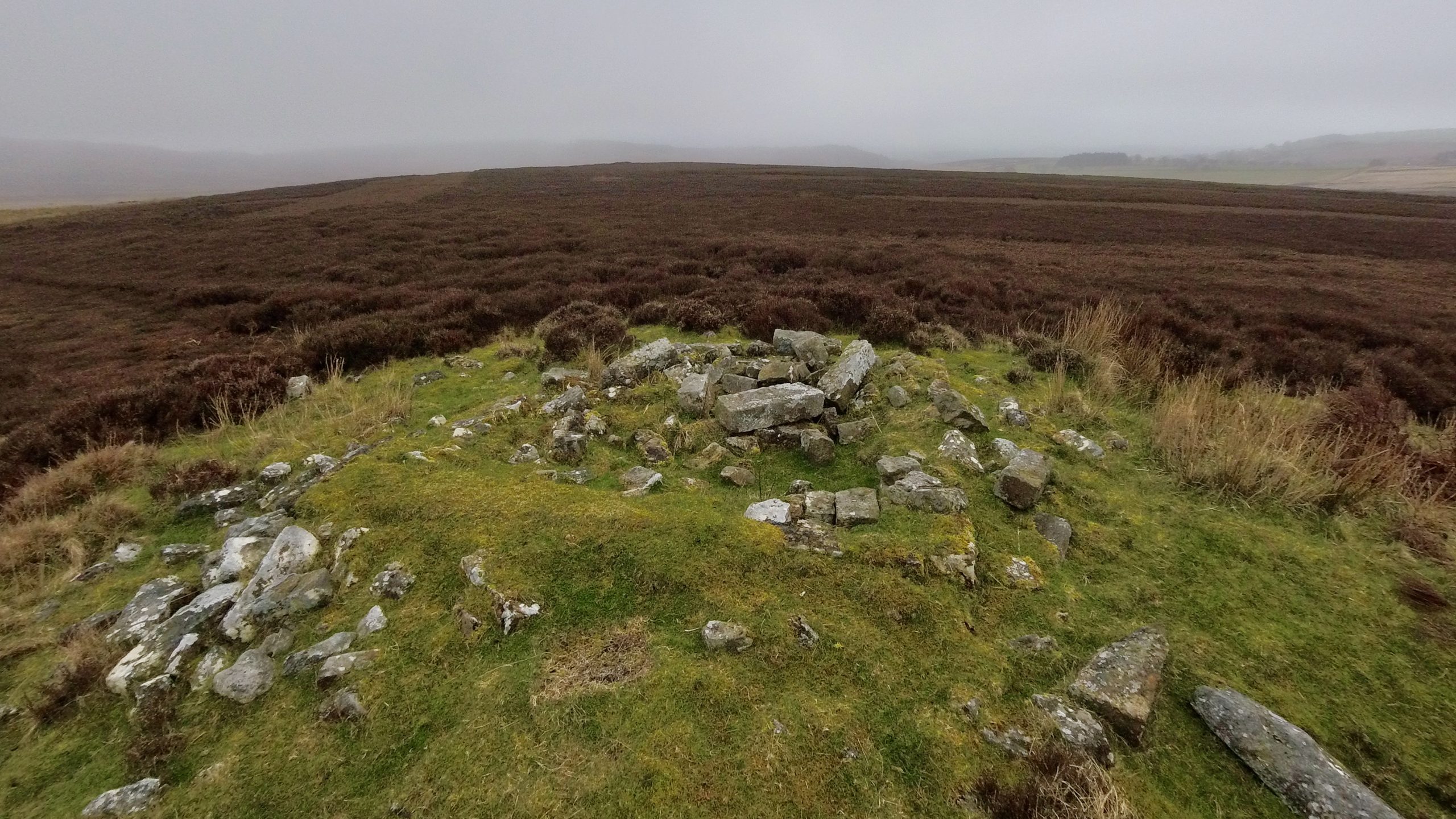
Miley Pike
Miley Pike is a type of prehistoric round burial mound that was built during the Late Neolithic period to the Late Bronze Age. These mounds are located in important positions throughout the North York Moors and are an important part of the area’s historical landscape. Round barrows are ancient monuments that were used for burials.…
-
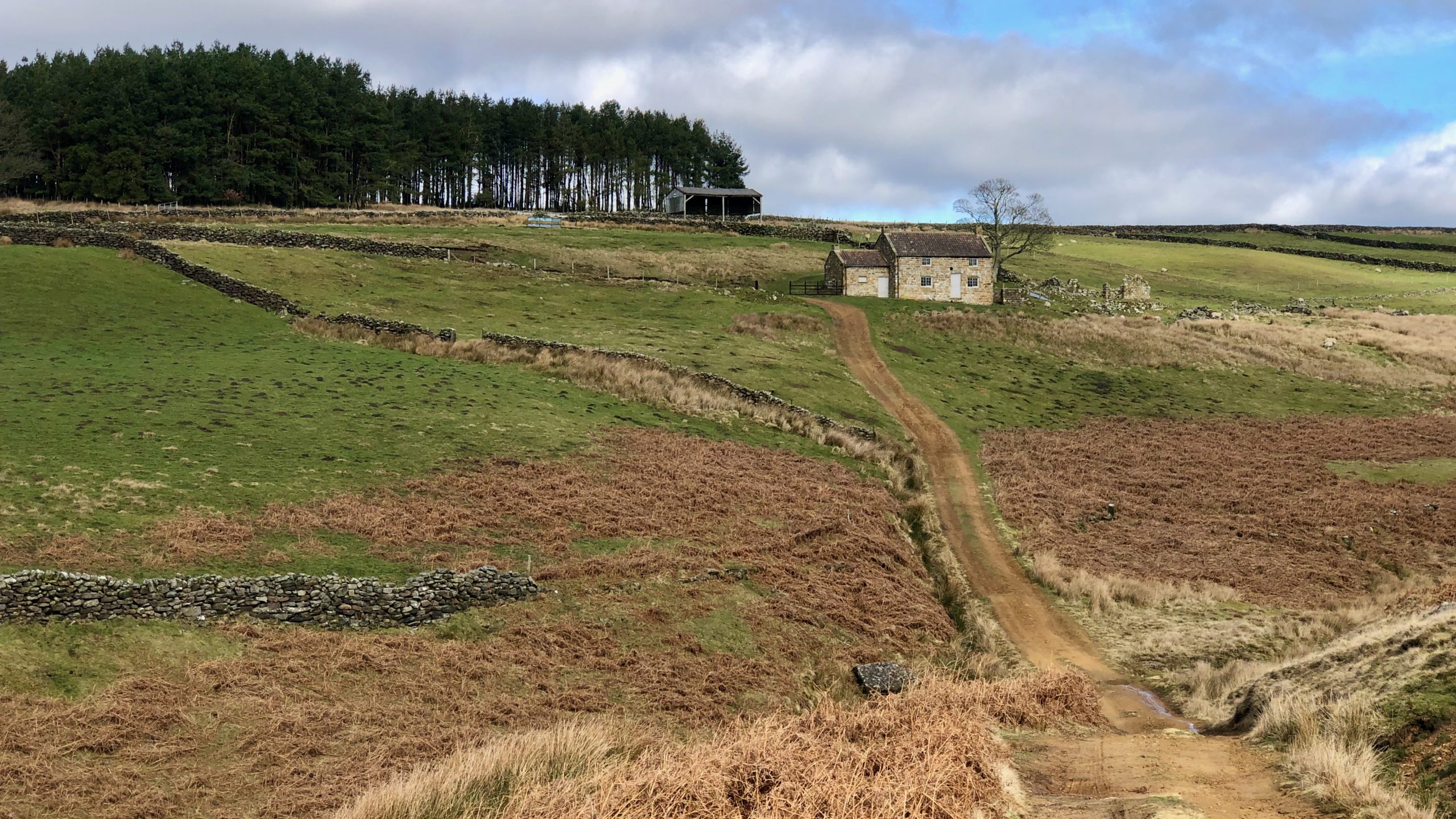
Cock Howe and beyond — A bimble down Arnsgill
A day spent manning the last checkpoint on Cock Howe on the Bilsdale Fell Race. A long day, but I managed to have a bimble down Arnsgill beforehand. At the top of Arnsgill stands Head House, a remote farmhouse that dates from the late eighteenth century and heightened in the first half of the nineteenth…
-
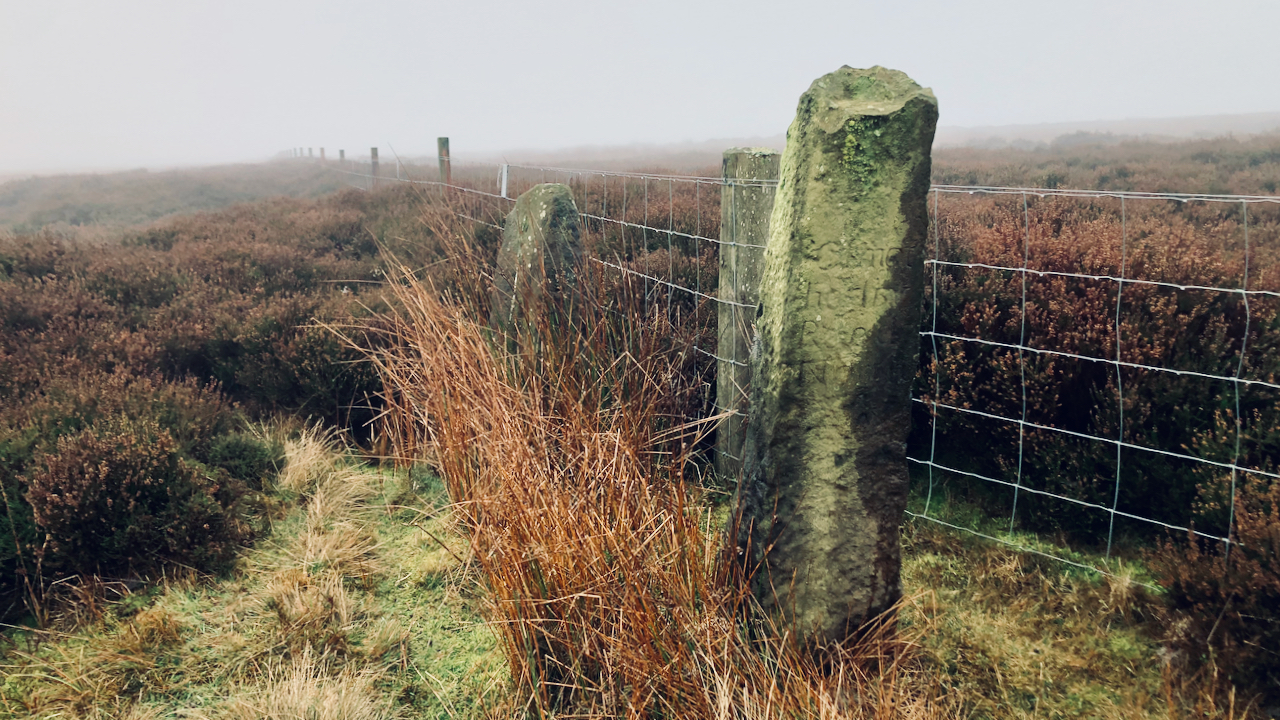
Crayaldstane
A dreary damp day with hardly no visibility so a fall back to that ubiquitous feature of the moors: standing stones. Man has erected stones upright for many reasons: to delineate a boundary, as a waymarker, a religious symbol or a monument. At Oakdale Head, on the parochial boundary between Hawnby and Nether Silton, you…
-
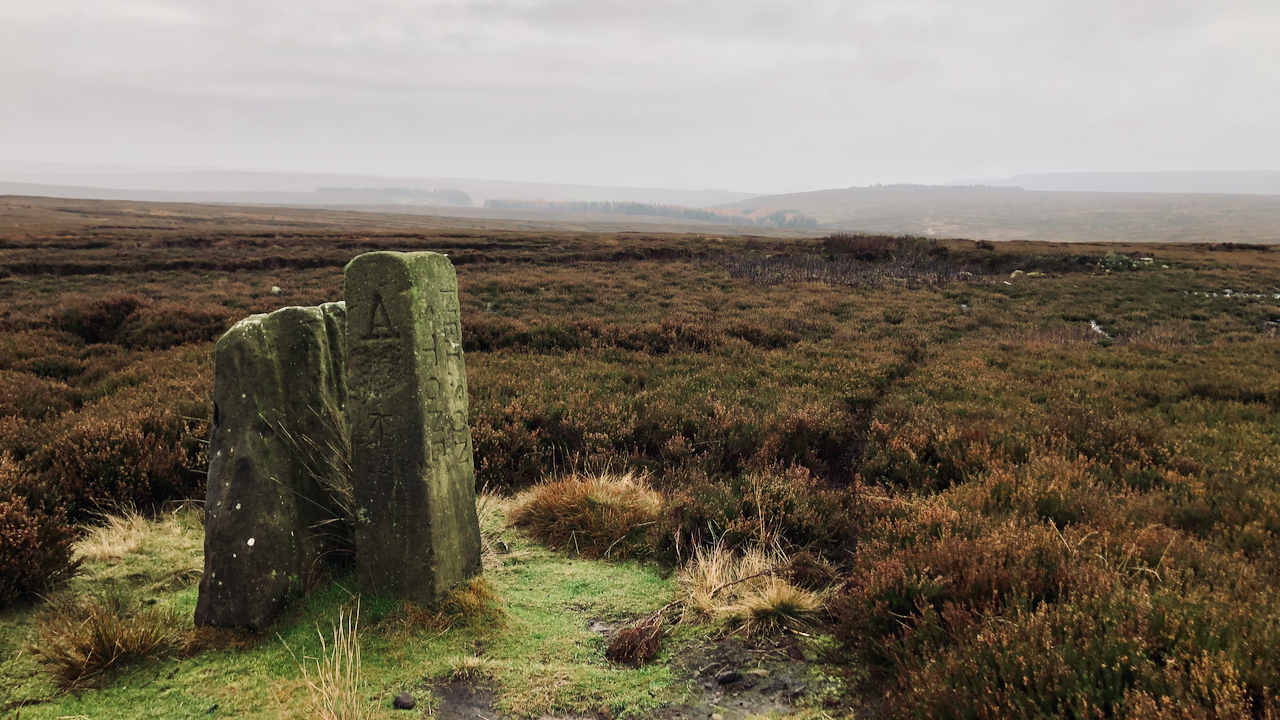
Neil’s Howe
It was pleasing to see the Nelson Stone restored to its correct postion. Or should I say the 19th-century boundary stone. One of the last times I was here, in 2017, it had vanished. I learnt later it had unceremoniously been dumped in a nearby pond. That act of vandalism must have taken some doing.…
-
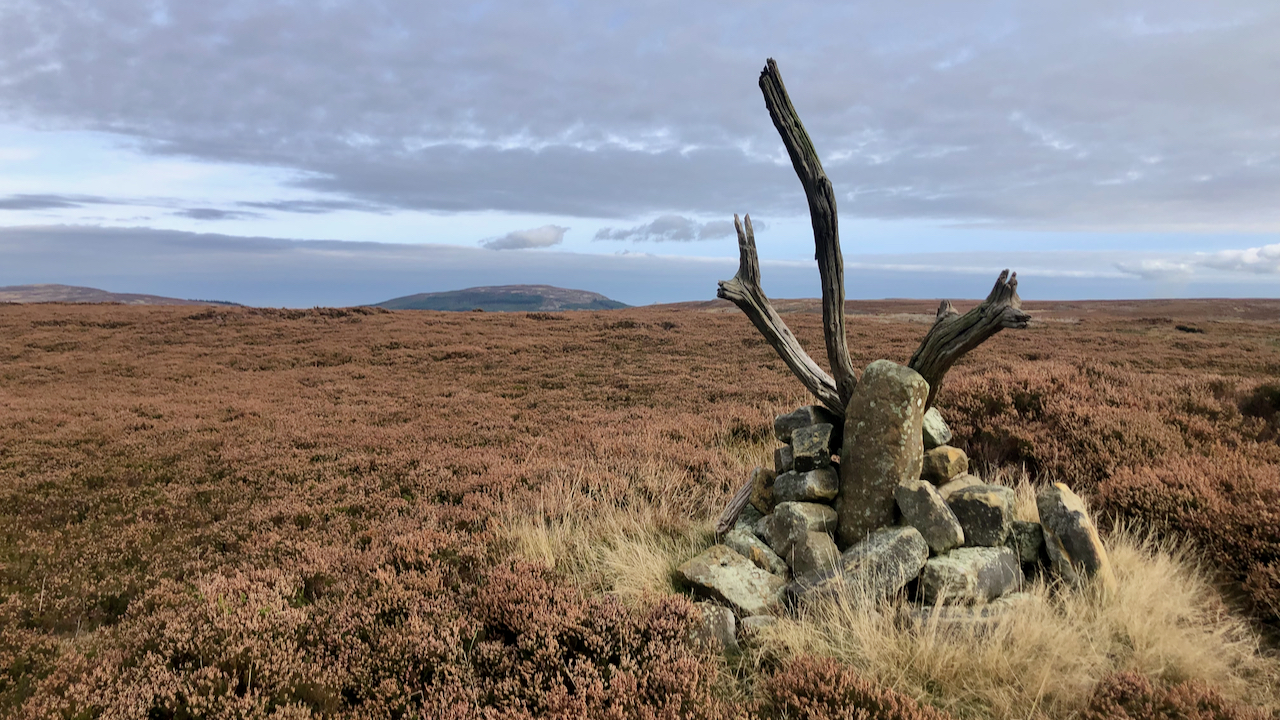
“Three Legs”
Prompted by the mention of Prod Howe a couple of days ago, I chose a revisit today. In the article referred to, a key rationalisation was the fact that Roseberry could be seen from it, and sure enough the hill was just peeping over the brow of the moor. I wouldn’t go as far as…
-
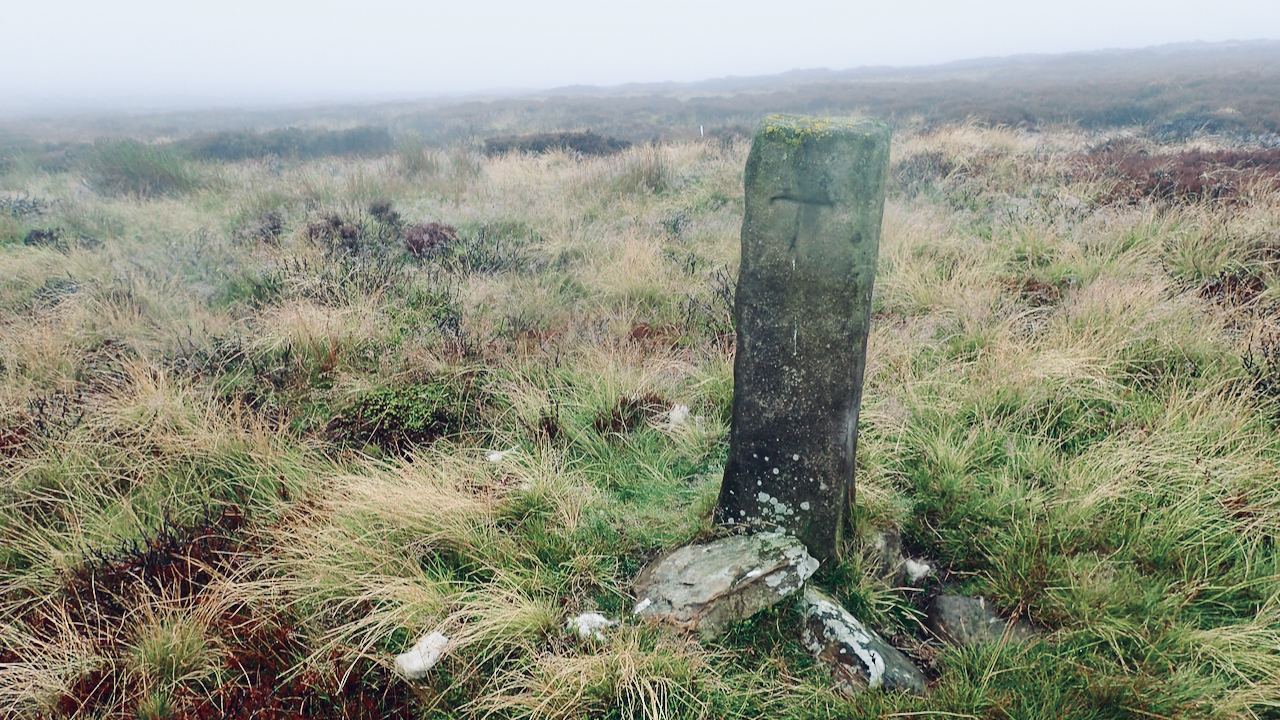
Turf Stone
On Bildsdale Moor West near Wether Hill. I haven’t been up here, certainly since lockdown. But not much to see as a blanket of wet cloud hung over the moor. Howes and boundary stones would provide photographic interest today. The Bilsdale Turf Stones are a series of eight stones, all inscribed with a ‘T’, 50…
-
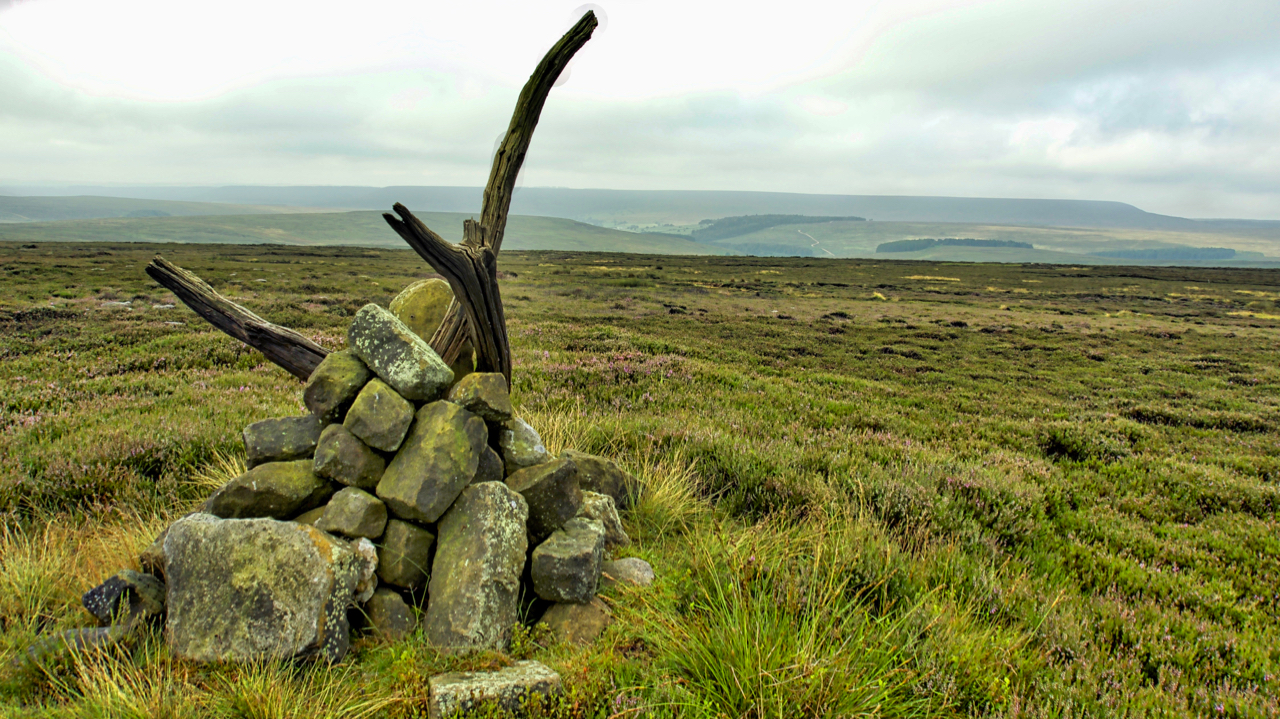
Prod Howe
An 18th-century boundary stone sited just above the 380m contour on Snilesworth Moor. A dull overcast morning marred by a confrontation with an irate gamekeeper. Soon after I had parked at Scugdale he drove up holding a dead pheasant accusing me of hitting it on the drive up the valley. Now I recall hearing no…
-
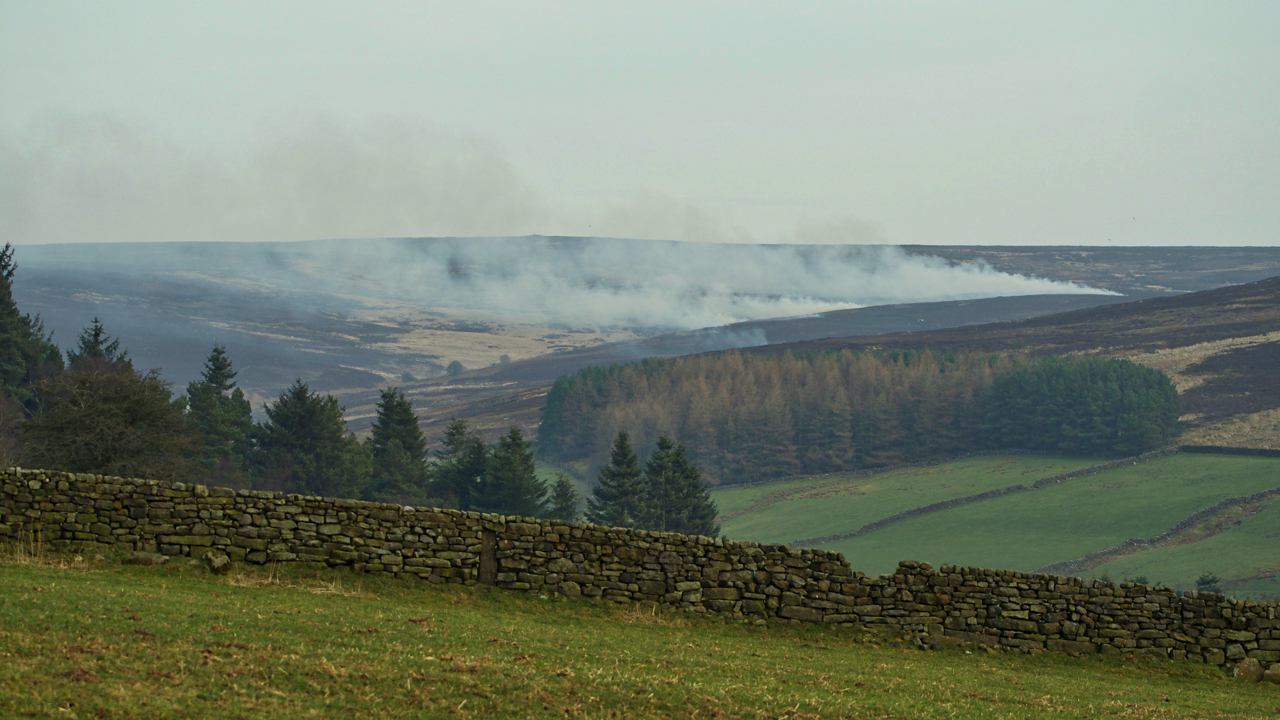
Upper Ryedale and Snilesworth Moor
The gamekeepers have taken advantage of the vernal weather to burn the heather on their moors. Plumes of smoke can be seen right across the skyline, creating a haze. The smoke from these burns on Snilesworth Moor was drifting as far as Sheepwash, spoiling the day for families enjoying half term walking around the reservoir.…
-
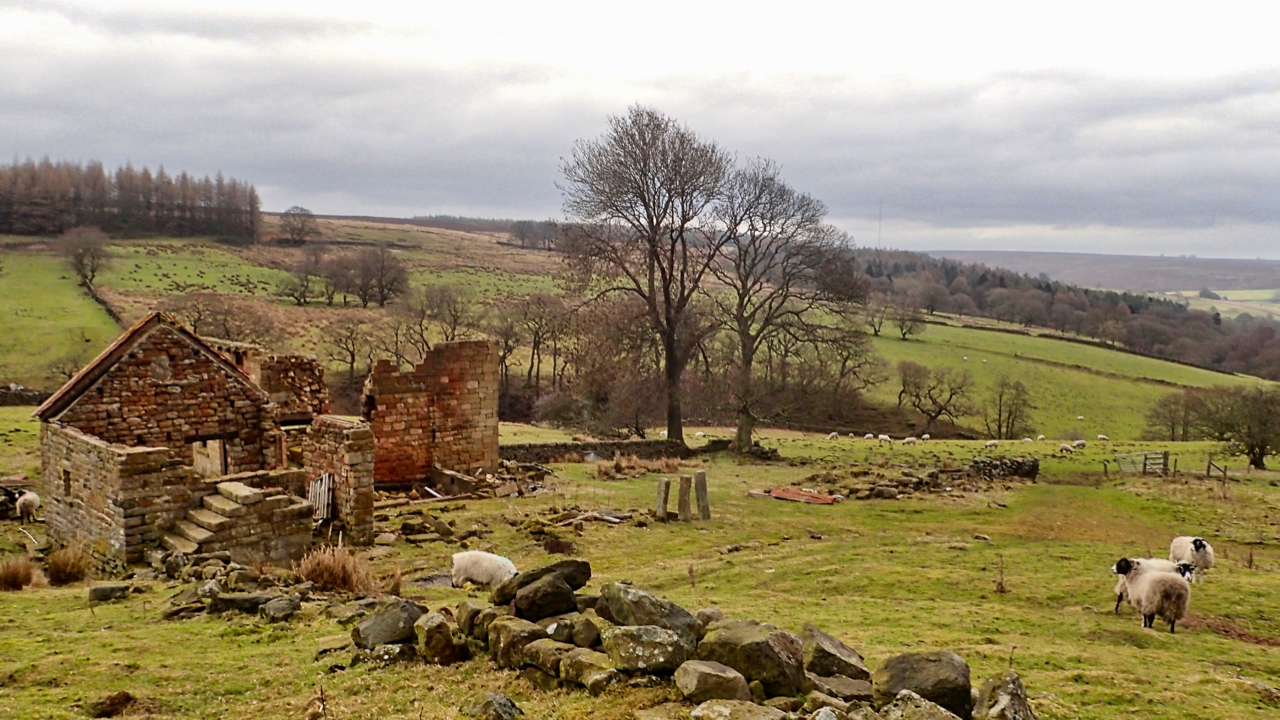
Dale Head
It is actually wrong to describe this valley as Ryedale. By convention, the source of a river is its longest tributary which puts the source of the River Rye at the appropriately named Rye Head near to the Swainby Shooting Hut on Whorlton Moor. The ruined Dale Head overlooks Wheat Beck, a shorter tributary. It’s…